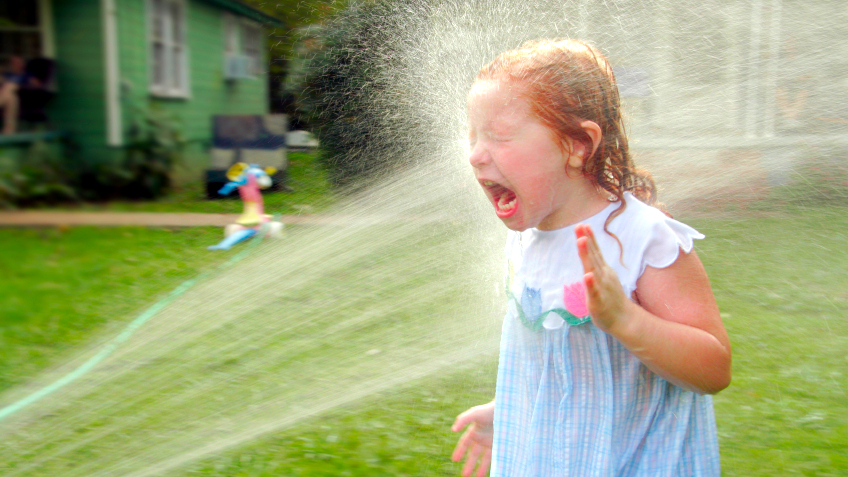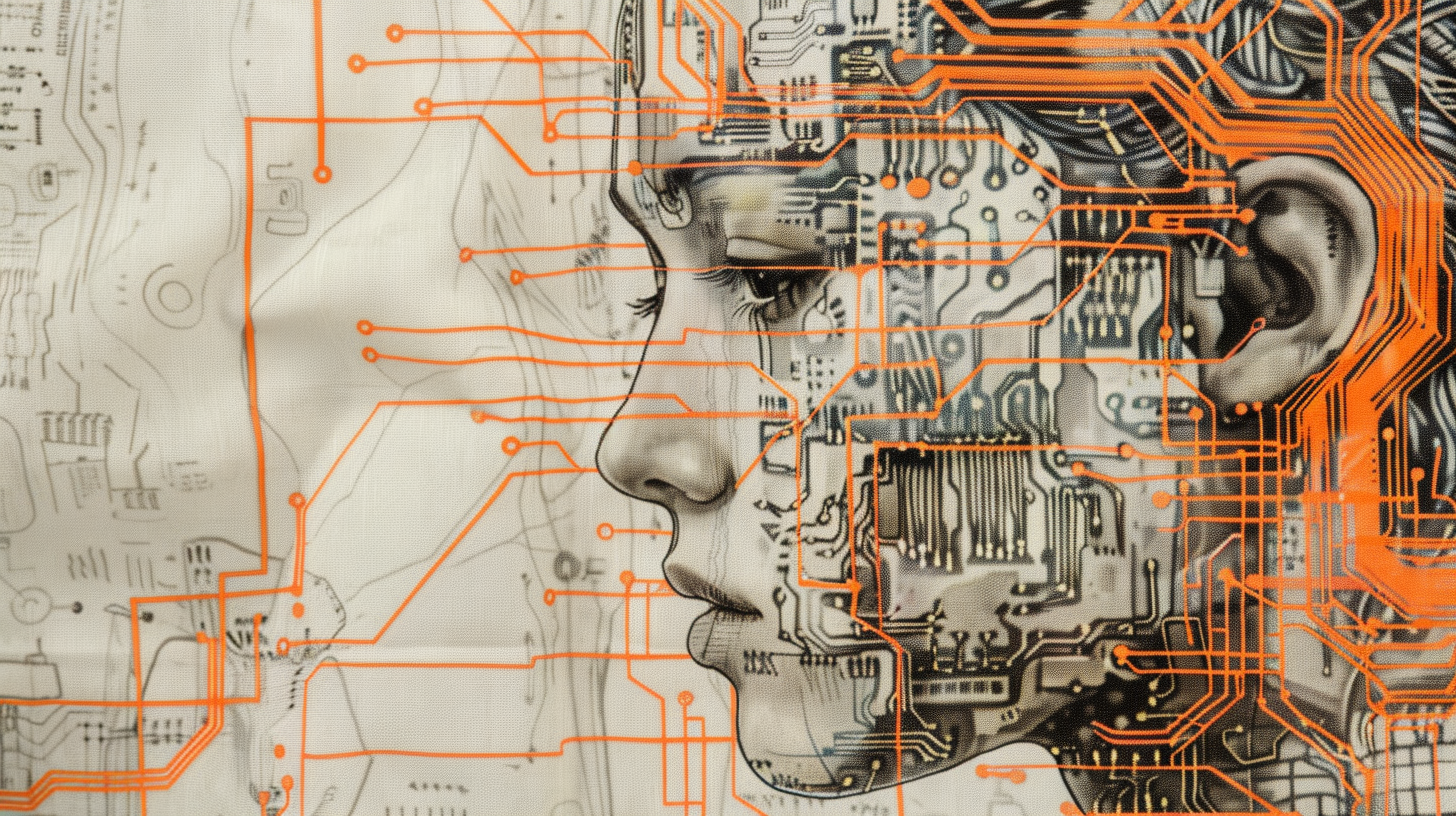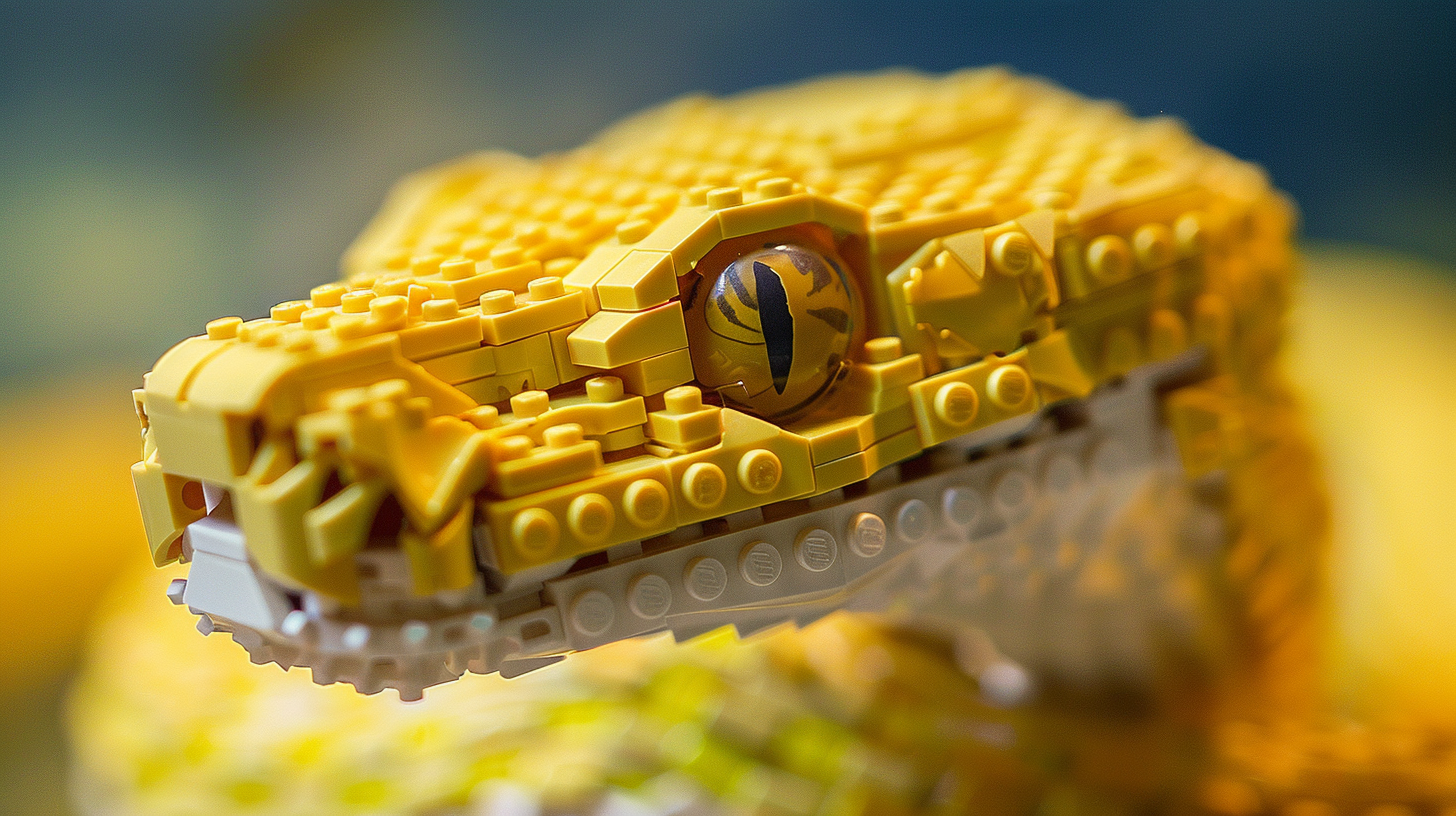A biohack or “N=1” is taking–almost at random–one of the many “life changing” ideas on the Internet and trying it out on your own body. I’m not a dedicated biohacker. I don’t weight myself daily, keep journals, or document my heart-rate variability. For each subject here, there are dozens of books written, dozens more YouTube “challenges” (with swelling orchestral music) posted, and countless blogs filled.
By those standards, I’ve compressed NINE conceivable online identities (have you come across the “intermittent-fasting guy” or the “standing all the time girl” yet?) into a few-hundred words. You’re welcome.
Pushups
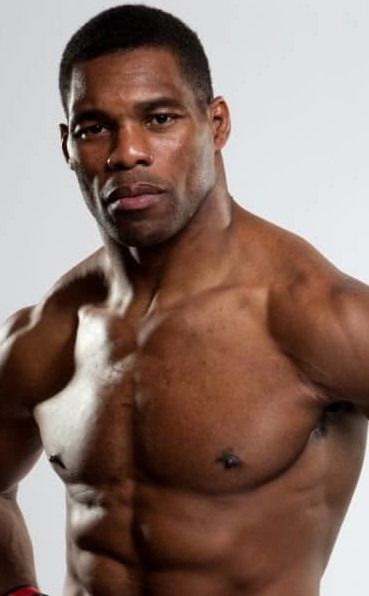
duration 1 year: In 2019, I did over 75,000 pushups. That’s 275 most days, with other days doing some other form of bodyweight exercise. 100k bodyweight reps in total.
Lesson 1: There’s a big difference between “every day” and EVERY DAY. When I worked on a rig, I did 500 pushups “every day”, meaning “every day I was working and occasionally at home”. When I switched to half that amount EVERY DAY, the positive effects all but disappeared. Through the Summer, I was easily getting sets of 60, by January, sets of 30 were getting hard.
Lesson 2: I’m not Herschel Walker. Now in his 50s, Herschel still looks like he could play in the NFL, and he attributes this to massive amounts of bodyweight reps. As is often said about any professional athlete, he’d be strong and lean without the workouts. Exercise is important, but it isn’t magic.
Fasting

duration 5 days. In 2019, I completed a 5-day water fast. So, nothing but water for 120 hours.
Lesson 1: It isn’t that hard. I went into fasting with the wrong expectations. I wanted an “adventure without leaving home.” In that respect, I was disappointed. I did this with @AleksiHalsas and @HeinonMatti. I can’t speak to their feelings, but they didn’t report any difficulty to me.
Lesson 2: Fasting is legit. I experienced surprising physiological changes. Weight loss and lower energy, yes, but those were expected. Insomnia, sense of smell, and mood were surprises. After 24 hours, my body had definitely switched into a different “mode”. I can’t promise the effect is beneficial, but as biohacks go, the short-term effect is second only in strength to sleep deprivation.
Lesson 3: I’m a zombie. Even after 5 days of not eating, I still caught myself mindlessly opening the refrigerator.
Intermittent Fasting
duration 1 month off and on: I often find myself working through lunch, so I though I’d skip breakfast and turn this “bad habit” into something like the Warrior Diet.
Lesson 1: I’m a zombie. Too many days, I’ve ruined this by mindlessly grabbing a bite while cooking Oliver’s breakfast or eating the edges off whatever I’m carving up to fit into his Bento box. Out of 30 days at home, I’ve managed the intermittent fast maybe 10 times.
Lesson 2: 20 hours is not 1/6 of 120. When I fasted for 120 hours, I felt my body “changing gear”. I’ve felt no such changes fasting for 20 hours.

Standing at my Desk
duration 6 months: I’m working at home now, so I tried this as a space-saving measure.
Lesson 1: In good shoes, it’s not much different that sitting. I fall pretty easily into “flow” and forget where I am anyway. I’ll stick with it because I don’t have room for a big office chair. Carrie Ann and I both have work-at-home desks, so “office” space is at a premium.
Lesson 2: If I try this barefoot, my feet fall asleep. This isn’t comfortable, and I find myself squirming a lot and putting one foot then the other up on whatever improvised stool I can find. This isn’t necessarily a bad thing: getting fully dressed to work at home is not an altogether bad habit.
Lesson 3: There is no best position. Now 6 months in, I see a (bicycle) handlebar analogy: the best setup is the one with the most positions. I usually stand when working and sit in a stool while watching lectures (makes it easier to keep in one place).
Update: Now 18 months in, I’ve added positions. I picked up a lap desk, so I can put my keyboard and mouse in my lap. My chair has a foot rail to raise my knees to the perfect height for this.
Keeping the Phone out of the Bedroom
duration 1 month: I brought home my wireless charger from work and, without thinking about it, got in the habit of leaving my phone on my desk at night.
Lesson 1: It doesn’t matter much. Yes, sometimes I’d check e-mails, LinkedIn, or Twitter before going to bed, and occasionally I’d wake up in the middle of the night and read some blog post on my to-do list. But it turns out these weren’t effecting me in any way I can see.

Sleeping More
duration 6 months: I often get 9.5 hours sleep now, much more than the 7 or so I got while I was working.
Lesson 1: Without the commute or enforced work hours, I’m still in rhythm with the sleeping schedules of the other people in my house. No matter how much sleep I get, I’m still usually extremely tired after I put Oliver to bed.
Lesson 2: I don’t feel any different during the day. I can usually sleep till Carrie Ann’s alarm goes off, and I’d probably sleep longer if the house stayed dark and quiet. I think a natural sleeping pattern requires a natural environment, and my house isn’t that. I’m looking for ways to make the bed less comfortable at night without effecting the other people in the house.
Update: Sleeping got out of hand. The bed is comfortable, the curtains are thick, and I’m usually the first one up even when I do sleep 10 hours. I started setting a wristwatch alarm–slept through it. Now I’m setting a real alarm with a light every day. Works well.
No Caffeine
duration 40 days: I gave up caffeine for Lent in 2019. At the time, I had an espresso machine in my office, and drank around 6 espressos a day.
Lesson 1: Nothing happened. I might have had a headache the first day, or I might have just imagined it. At least once a year, I worry that I drink too much coffee and give it up for a while. I never notice a strong effect.
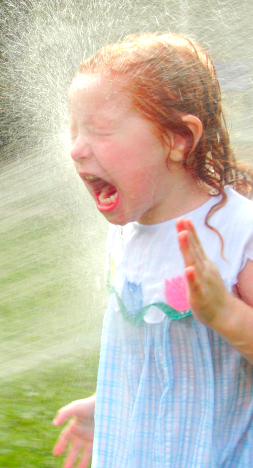
Cold Showers
duration 6 months: I’ve given up hot water (in the shower) for 2020.
Lesson 1: It doesn’t get easier. I knew this going in. Professional people think of cold exposure as this shocking thing that happens between your parking spot and the office door; but blue collar workers are out in it all day and all night. I learned a long time ago that cold will never feel warm.
Lesson 2: But the cold does teach you. Wim Hof is right: the cold is a teacher. The water still feels cold, but I’m no longer shivering. My body is growing calmer and calmer in the cold. This is the most interesting biohack I’ve tried.
Update: This is easy right now because cold water isn’t especially cold in Texas Summers. Or maybe I am just getting used to it. I confess a hot bath would be a great way to spend half an hour under lockdown. I’m short on downtime pleasures. Will try an ice bath when it cools off.
Pullups
duration 1 month: 50 pullups a day in March (plus one to make it a palindrome–@Heinonmatti came up with that to satisfy a Scandinavian stereotype).
Lesson 1: I cheated (assisted reps), because people on YouTube told me I wouldn’t make progress without sets of 10+. I question that now, because cheating (unless you’ve got a strict way to measure it) means each rep is exactly as hard as it has to be. By cheating, I did less work and possibly left myself more fatigued in all the ways that wouldn’t strengthen me** **by doing more reps per set than I could otherwise handle. If I did it over, I’d do them one at a time if necessary. I’m home all day anyway.
Lesson 2: I didn’t “grease the groove”. Pullups aren’t any easier now than they were before. I should have used “ladders” like Clarence Bass. 1 + 2 + 3 + 4 + 5 + 4 + 3 + 2 + 1 is 25 pullups. Next time.
Whoop Strap
duration 1 year: I wore a Whoop fitness monitor for a year. The Whoop strap is a “headless” (no screen) biometric device–like a Fitbit or Apple watch without a screen. The Whoop is supposed to be for “serious athletes”. It uses heart-rate variability (HRV) and resting heart rate (RHR) to determine your state of recovery and readiness (for more training).
I’m not at a point where I need a device to convince me to train less, but HRV and RHR (relative to your individual baseline) are supposed to be excellent health metrics, and the Whoop strap can help determine what lifestyle choices are affecting those metrics.
Lesson 1: Surprisingly, caffeine doesn’t affect my sleep quality or recovery rates. That was the first experiment I tried, and I’ve repeated it a few times since. This lesson is important, because of lessons 2 and 3: the things that do affect my sleep quality and recovery rates are things I wasn’t hearing or worrying enough about.
**Lesson 2: **Sugar is the devil! I knew this already, which is why I haven’t eaten much since Oliver was born, but it doesn’t take much to “put me in the red” (very low recovery score). I don’t drink alcohol, but other users have reported the same thing about alcohol.
Lesson 3: Other big factors for me are sleep hygiene (getting up the same time every day) and eating just before bed. I have a tendency to focus on one thing, forget about food and sleep, and then catch up later. Not surprisingly–actually a little surprisingly, because the effect was stronger than I anticipated–these things aren’t good for me.
The big change I’ve made since getting the Whoop–this alone justifies the price–is reliably getting up early on the weekends. This has improved my health objectively (according to the strap) and subjectively.
Contrary to most health advice I hear, I also try to find time for breakfast. My energy level and recovery score are better when I eat during the active parts of the day.
